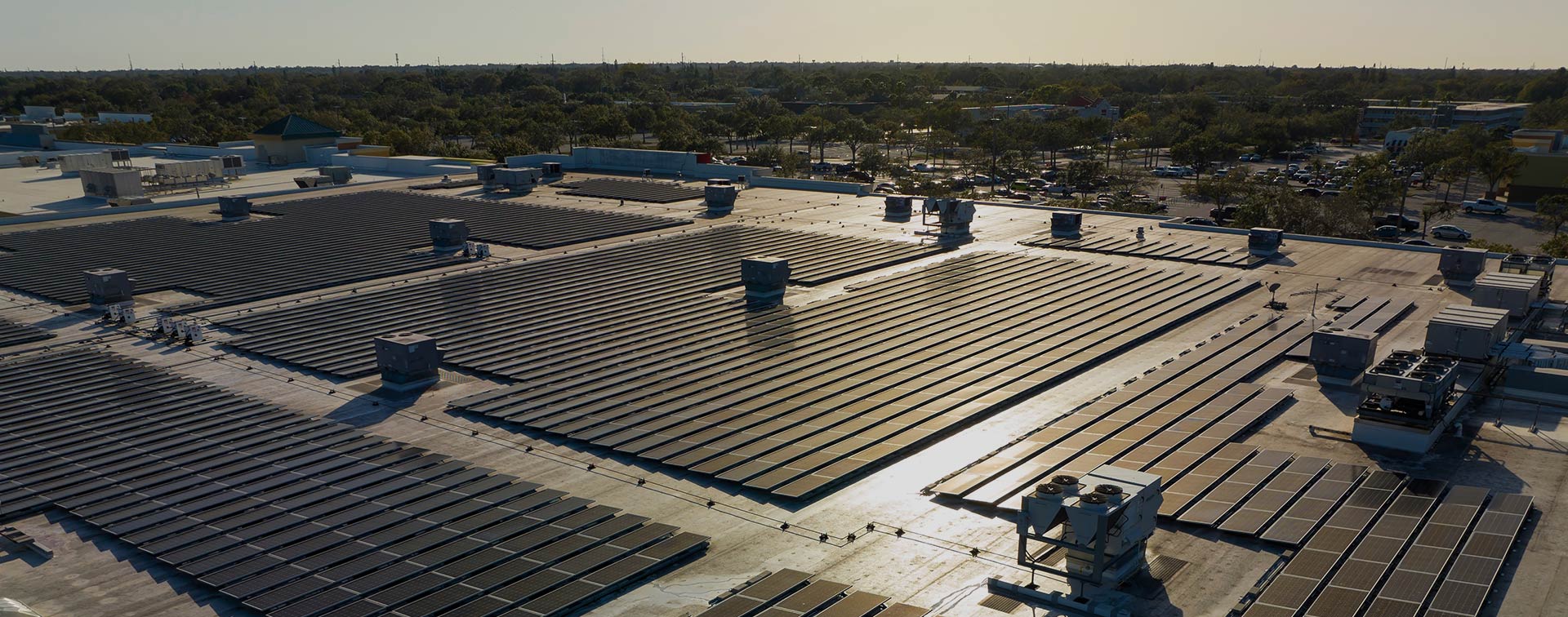You have heard it all before, it’s time to hear it again: to give your business a competitive advantage, stop selling products and services and sell your vision and mission instead.
If you have ever started a business, you may have agonised over your vision and mission statements. The prevailing opinion seems to be that your business will fail if you don’t make powerful and world-changing statements to live by when running your business.
The web is littered with posts on “the most inspiring mission statements of all time”, “15 vision statements to change the world”, or my personal favourite: “1,550+ best company vision and mission statements”. It’s clear that the bar for “best” seems to be set fairly low.
With so much attention placed on vision and mission, why do so many small-to-medium-sized businesses (SMBs) post these to their About Us page, never to be referenced again, yet they still succeed? Are vision and mission statements even necessary and are they essential to success?
Yes, but not for the reasons you may think.
An SMB that doesn’t have a vision or mission statement will often succeed off the back of its founder leading the charge. Great founders impart their personal vision and mission onto their staff through action, role modelling and coaching. Founders encapsulate why we exist, what our purpose is and how we can role model the values that build team culture.
However, what happens if the founder is no longer available? This situation raises issues about who the team will look to for their ‘why’ and what they will do without their leader to guide them.
This is when vision, mission and values come into play. They are the glue for the business to continue and exist past a single leader’s contribution. Or, as the business grows, they are a way for the founder to communicate the ‘why’, ‘what’, and ‘how’ of the business.
Vision – what and why
We are a pragmatic bunch here in Australia. While inspiring rhetoric can be fun, not all businesses are built to save the world. Keep it simple and state what you see as the future version of the business. Visualise the end game and what it will look like when you have achieved all your objectives. Hold that vision in your mind, and then state why you put in all of that work to build your future business.
For example, your vision could be:
“To help customers transition to renewable energy as our contribution to lowering carbon emissions.”
Let’s break it down:
- Our future self: “We help customers transition to renewable energy”
- Why we do it: “Our contribution to lowering carbon emissions”
Taking another example:
“To make the tastiest pre-cooked meals for adolescents that are both healthy and convenient.”
Let’s break it down:
- Our future self: “We make the tastiest pre-cooked meals for adolescents”
- Why we do it: “both healthy and convenient”
In both of these examples, we are describing what we will do in the future and why we do it so that others who are aligned to the ‘why’ can jump onboard.
One final example:
“To unlock the full operating potential of our customers and maximise their business value.”
Let’s break it down:
- Our future self: “To unlock the full operating potential of our customers”
- Why we do it: “maximise their business value”
Don’t get hung up on whether or not you are achieving your vision right now. This is about informing the team and the world what your business will look like in future. The gap between the current and future state of your business informs your execution plan.
Mission – how
Personally, I think there is some confusion regarding mission statements, as many organisations use them as a target or goal. Once you achieve your goal, do you then have to change your business?
Here is an example of a poor mission statement:
‘Our mission is to be the market leader in renewable energy solutions.’
It reads well, and it sounds good to stakeholders, but what does it really say about your business other than that you will do anything to climb to the top? In addition, who benefits from you being the market leader?
I prefer mission statements that complement the vision statement with an explanation of how we are going to achieve that vision. Let’s take a look at some examples below:
Vision:
‘To help customers transition to renewable energy as our contribution to lowering carbon emissions.’Mission:
‘Develop leading-edge renewable energy technology guaranteed to lower carbon emissions.’
When read together, we now know the ‘what’, ‘why’ and ‘how’ for the business.
Other examples are as follows:
Vision:
‘To make the tastiest pre-cooked meals for adolescents that are both healthy and convenient.’Mission:
‘Use organic ingredients and prepare meals with recipes from industry-leading experts in nutrition.’
Vision:
‘To unlock the full operating potential of our customers and maximise their business value.’Mission:
‘To help customers achieve operating excellence using NetSuite and NextService.’
Vision and mission are a decision-making tool
Together, the vision and mission set the stage for ‘what’, ‘why’ and ‘how’ your business operates. Making it the core of your marketing, sales, and operating plans will ensure that your organisation is always working towards realising that vision.
Every now and then, a stakeholder or opportunity comes along that tempts us to deviate from our original vision and mission. When making a decision, assess whether it fits within the vision and mission statement.
If it doesn’t, disregard the opportunity or re-evaluate the vision and mission. There is nothing wrong with a pivot, as long as it starts from the top and the entire business is aligned with the new direction.
Conclusion
People like to be part of a team. A shared vision, mission and culture are critical to creating well-functioning team dynamics.
Whatever your vision and mission may be, write it down and share it with all stakeholders. Make these a part of your decision-making process to build momentum in your desired direction. With momentum comes growth and efficiencies as your entire business is working towards the same goals.
Hopefully, we’ve provided you with some valuable takeaways from this post. Please follow or subscribe to receive more Klugo Briefing Posts in future.
About Klugo
NetSuite + NextService
Klugo’s vision is to unlock the full operating potential of our customers to maximise the value of their business. We do this by helping our customers achieve operating excellence using NetSuite + NextService, the world-leading cloud ERP and FSM business platform for small-to-medium-sized businesses.
Feel free to call an expert in operational excellence today. Find out how cloud-based technology can support and quickly adapt to your growth strategies.


